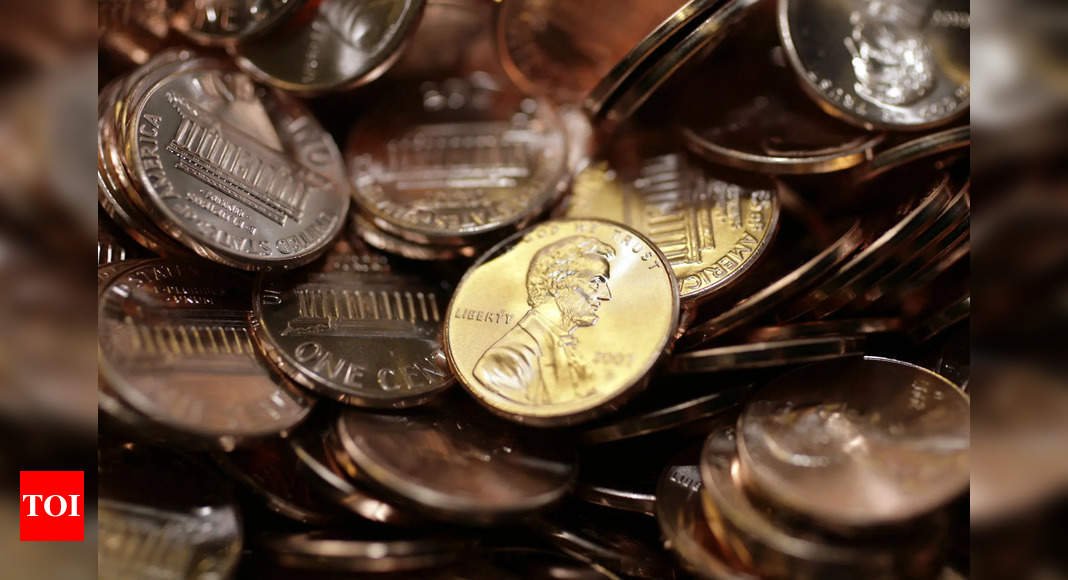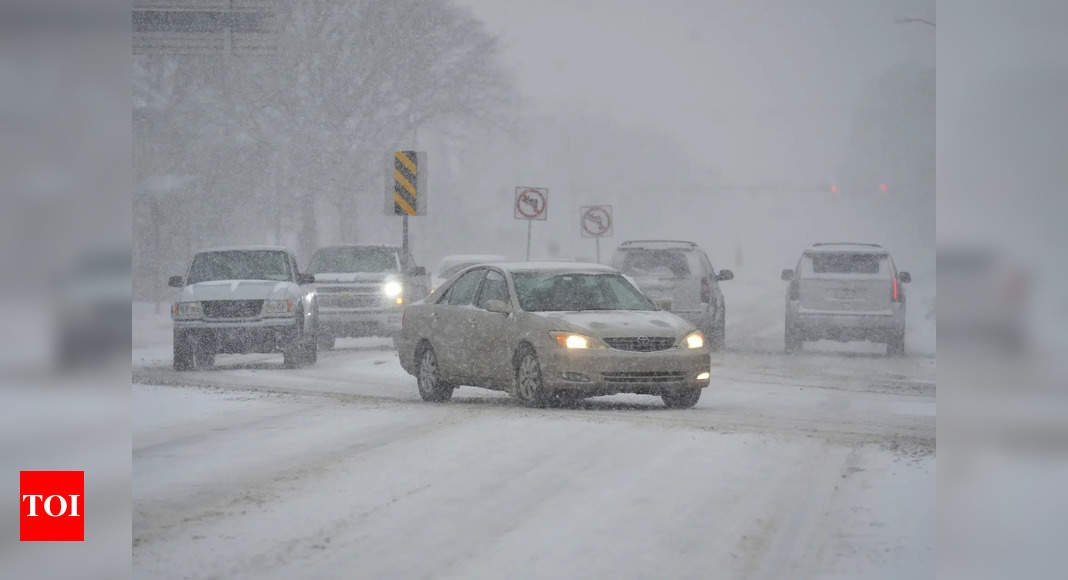If the past few weeks have made anything clear, it’s that President Trump’s reelection is anything but business as usual. Sweeping reforms are rolling out at breakneck speed, all in the name of “government efficiency.” From aggressive budget cuts to tax hikes, no sector has been spared—including education.
The latest controversy is about a proposed endowment tax hike that could hit elite universities like Harvard and Stanford with a 21% tax rate—a dramatic jump from the previous 1.4%. The White House, eager to bolster federal revenue, has turned its attention to the deep pockets of America’s top colleges, institutions that rely heavily on tuition fees and tax-friendly endowment growth.
The ripple effects could be seismic. University-funded student support programs, scholarships, and research initiatives may now be on shaky ground, leaving both educators and students in limbo. For international students dreaming of an Ivy League education, the uncertainty looms even larger. What happens when the very institutions that shape the future find themselves on the financial chopping block?
And this is just one piece of the puzzle. Under Elon Musk’s Department of Government Efficiency (DOGE), research funding has been slashed, students are taking legal action over data privacy concerns, and school districts are caught between federal immigration policies and their duty to protect students. Meanwhile, transgender students face an uphill battle for recognition and inclusion in an education system that suddenly seems unrecognizable.
Endowment tax: Proposed changes
Troy Nehls, a Republican from Texas, has presented a bill to the White House, proposing the endowment taxes on ‘wealthy institutions’ that include Ivy League schools be increased to 21% from the earlier 1.4%. The institutions covered would include only those that have a student strength higher than 500 and endowment assets higher than $500,000 per student. Many elite U.S. schools come under this purview, including schools like Harvard and Princeton. The suggested figure for tax is the same as the federal corporate income tax in the U.S. The drastically increased tax rates could put many top U.S. schools in a situation where their taxes would get increased multifold, shaking their financial management to the core.
Under the previous regime, institutions covered under the endowment tax, i.e., charitable, educational, or religious organizations, were not taxed at all or taxed at a very low rate to support their social development causes. This has been suggested to be changed in the case of institutions that are wealthy enough and can, in a turn of events, help support the U.S. Treasury for the future.
One of the primary justifications for the proposed tax increase on elite university endowments is the argument that these institutions have continued to raise tuition at rates that outpace inflation. Supporters of the measure contend that a higher tax burden could pressure universities to lower tuition, making higher education more affordable and narrowing the widening income gap. Critics, however, argue that the policy is punitive and could have the opposite effect—forcing universities to offset losses by raising tuition further, cutting scholarships, or scaling back student support programs.
This is not the first time the federal government has sought to hold elite universities financially accountable. In 2023, then-Senator JD Vance introduced the College Endowment Accountability Act, a proposal that aimed to increase the excise tax rate to 35% for private colleges and universities with endowments exceeding $10 billion. The bill, framed as a response to rising tuition costs at top-tier institutions, was part of a broader effort to rein in what some lawmakers viewed as excessive financial reserves amassed by private universities.
How much tax will Harvard and other elite colleges pay under the proposed regime?
If the proposed tax increase moves forward, America’s top universities could see their tax obligations skyrocket—more than tenfold in some cases. According to media reports, Harvard University, which held an endowment of $40.9 billion in 2019, paid approximately $37.24 million in taxes under the current 1.4% rate. Under the newly proposed 21% tax rate, that figure could surge to $558.6 million. Other elite institutions, including Stanford and Princeton, would face similarly steep increases. The table below outlines the projected tax burden for major universities if the White House gives the proposal the green light
Ivy League tax shock and its impact on students
An aggressive increase in the endowment tax could have profound consequences for students across America’s top universities, potentially reshaping the financial landscape of higher education. At institutions like Harvard, Stanford, and Princeton—where endowment funds serve as a critical resource for scholarships, research grants, and student support services—a tax hike of this magnitude risks eroding the very financial aid structures that enable broad access to these elite institutions. Universities with large endowments allocate significant portions of their investment returns to subsidize tuition for low- and middle-income students, ensuring that a degree from a top-tier institution remains within reach for those without generational wealth. However, an endowment tax jump from 1.4% to 21% would force these institutions to redirect funds that would otherwise be channeled into need-based financial aid, potentially leading to higher tuition fees, fewer scholarships, and increased student debt.
The pressure on universities to maintain financial equilibrium would also have broader implications beyond tuition. Endowments are often used to fund cutting-edge research, student fellowships, and campus infrastructure projects. With a steep rise in taxation, institutions may be forced to cut back on faculty hiring, reduce funding for graduate research, and limit investments in emerging fields such as artificial intelligence, climate science, and medical innovation. This could stifle academic progress, limit opportunities for students to engage in groundbreaking research, and weaken America’s global academic standing.
Moreover, the burden of such a tax increase would not be felt equally across all students. While elite institutions may still find ways to protect their wealthier enrollees through alternative revenue streams, students from underprivileged backgrounds—who rely on grants and endowment-backed scholarships—could find themselves priced out of an education that was once accessible through robust financial aid packages. In essence, a policy designed to make wealthy institutions more financially accountable could, paradoxically, make elite education even more exclusive, reinforcing economic divides rather than narrowing them. If the White House moves forward with its proposed tax hike, students may find that the cost of attending America’s most prestigious universities is set to rise—not just in tuition, but in lost opportunities.
The landscape of US education is shifting fast—and the aftershocks of these changes are only beginning to be felt. For America’s elite universities, the question isn’t just about tax rates. It’s about survival in a system that is being rewritten in real time.




